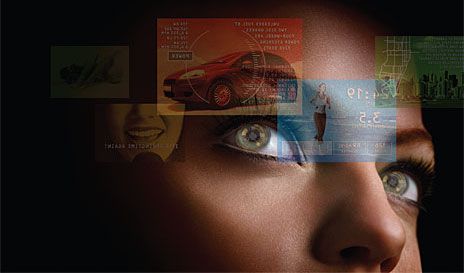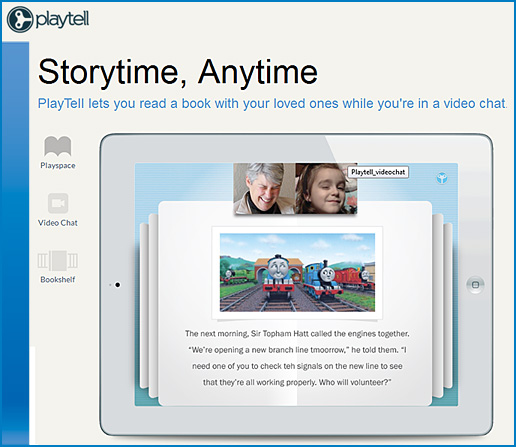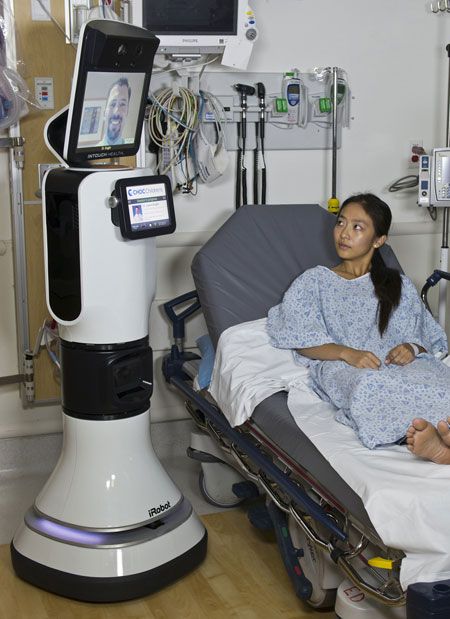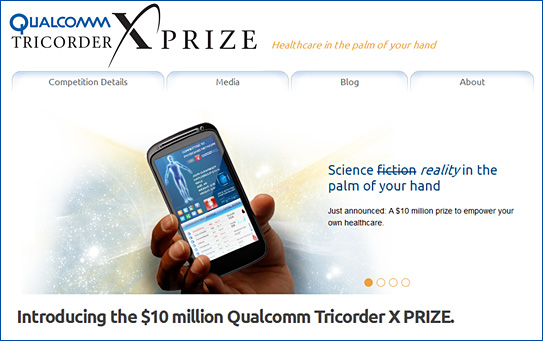The Avatar Economy –– from Technology Review by Matt Beane
Are remote workers the brains inside tomorrow’s robots?
.

In warehouses, Kiva’s robots do the heavy lifting — –– from Technology Review by Verne Kopytoff
Fast pace, low margins have online retailers looking to automation to keep up.
.
This Week In Bots: Will robots cause even more human unemployment? — from FastCompany.com byKit Eaton
The expanding landscape of tech support opportunities — from parksassociates.com
Excerpt:
The connected home phenomenon – where products and services are linked together to share computing resources and information – is reshaping the competitive landscape among service providers, retailers, and consumer electronics companies.
The lines that defined and separated the different roles for each consumer product have blurred. No longer does a service provider remain the sole provider of communications or entertainment services. A retailer or OEM may have been the primary beneficiary of extended warranty revenues; now, some service providers are offering these plans as part of their premium tech support services. These changes are creating new opportunities to provide tech support services to consumers to help manage/support these devices in the home.
The less glamorous careers: Advice and fact — from by Stephanie Brooks — with special thanks to Kelsey Doyle for bringing this to my attention
Excerpt:
Few children tout that they want to be an accountant or a petroleum engineer when they grow up, even if the expertise required by those jobs make them amongst the highest paying careers. Rather, children have big dreams about becoming actors, artists, or writers with a little bit of fame, animal care workers, and firemen, rescuing babies from blazing houses. Such careers seem glamorous to children, as they are fraught with adventure and romanticism. However, as you get older, you realize that some of your childhood career choices are not as glamorous as they originally seemed. The pay in these career paths often leave something to be desired. It can be difficult to find a legitimate job within the field, with lower demand. Some of the jobs that once seemed heroic only seem dangerous and risky. Adult practicality sets in, steering many college students towards business, marketing, and other fruitful majors with relatively high success rates within the job world.
With the recession, new graduates flounder to find jobs, accepting positions that help them pay their bills rather than fulfill their dreams. However, there are still a brave few that pursue their childhood aspirations. These tough career paths require tremendous personal drive, a touch of luck, and in many cases, the ability to handle failure, excessive stress, and potential pay cuts. The following jobs are just a handful of the most popular career choices strived for by children. Upon further examination, many of them may not be all they’re cracked up to be.


























